|
The Western Gulls were eating blood-filled who-knows-whats every afternoon. They would land with them, squeeze them till they burst creating a shower of what seemed to be blood, take flight, and eventually swallow them. This image was created with the tripod-mounted Canon 800mm f/5.L IS lens and the Canon EOS-5D Mark III. ISO 400. Evaluative metering +1 stop off the sky: 1/2000 sec. at f/5.6 in Manual mode. Central Sensor–Expand AF area/AI Servo Rear Focus AF active at the moment of exposure. Click here if you missed the Rear Focus Tutorial. The 5D Mark III is my go-to flight photography body. The new AF system is superb. Click on the image for a larger version. |
EOS-5D MII–EOS-1D Mark IV Gear Strategy
Here is my current gear strategy:
Whenever possible I will use my EOS-5D Mark III for all flight photography whether with the 800mm f/5.6L IS or the 70-200mm f/2.8L IS with or without the 1.4XIII TC. 5D MIII AF is that good.
When working with birds at relatively close range I will use my EOS-5D Mark III with the 800mm f/5.6L IS lens as my everyday go-to rig.
When I need more reach I will use the EOS-1D Mark IV with the 1.4X III TC on the 800.
|
This tiny Pied-billed Grebe was photographed with the tripod-mounted Canon 800mm f/5.L IS lens, the 1.4X III TC, and the Canon EOS-1D Mark IV. ISO 400. Evaluative metering at +2/3 stop: 1/160 sec. at f/8 in Manual mode. Central sensor (by necessity) AI Servo/Rear Focus AF active at the moment of exposure. Click here if you missed the Rear Focus Tutorial. Click on the image for a larger version. Here I went to the 800/1.4X III/Mark IV combo for maximum reach. |
How I Do It
In order to implement this strategy I will use one of the two options that I used in Morro Bay:
1- Head afield with the 5D III on the 800 on the tripod with the EOS-1D Mark IV in one of the large front pockets of my Xtrahand vest with the 1.4X III TC attached. When and if I need more focal length I will simply remove the 5DIII and mount the 1D IV.
2- Head afield with the 5D III on the 800 on the tripod with the EOS-1D Mark IV and the 1.4X III TC on the 70-200mm f/2.8L IS lens on my shoulder via a Black Rapid RS-7 strap. When I need more focal length I will simply switch the camera bodies.
|
To create this Western Grebe image I used the Canon 800mm f/5.L IS lens and the Canon EOS-1D Mark IV. ISO 400. Evaluative metering at zero: 1/640 sec. at f/10 in Manual mode. Central sensor on the grebe’s neck/AI Servo/Rear Focus AF active at the moment of exposure. Click here if you missed the Rear Focus Tutorial. Click on the image for a larger version. |
Right after photographing the Pied-billed Grebe the sun came out and this Western Grebe swam into range. Being a much larger bird I simply took off the 1.4X III TC and held it in my left hand as I photographed.
|
This image was created with the hand held Canon 70-200mm f/2.8L IS II lens, the 1.4X III TC (at 280mm), and the Canon EOS-1D Mark IV. ISO 250. Evaluative metering at +1 stops: 1/250 sec. at f/4.5 in Tv mode. Central Sensor/AI Servo Rear Focus and recompose. Click here if you missed the Rear Focus Tutorial. Click on the image to enjoy a larger version. |
Having the 70-200 along with both camera bodies and a 1.4XIII TC gives me a wide range of focal lengths that I can use to create bird-scapes like the one above. When I saw the Willets flying in I focused on the closet bird on the beach and let the showy sandpipers fly into prime position before making a series of images.
|
The Western Gull image was created with the tripod-mounted Canon 800mm f/5.L IS lens and the Canon EOS-5D Mark III. ISO 400. Evaluative metering +1 1/3 stops off the sky: 1/2000 sec. at f/5.6 in Manual mode. Central Sensor–Expand AF area/AI Servo Rear Focus AF active at the moment of exposure. Click here if you missed the Rear Focus Tutorial. Click on the image for a larger version. Click on the image for a larger version. |
The 5D MIII AF system worked well for flight even with backgrounds other than sky as you can see here. Working in Manual mode is the key to success when the background might change from sky to hillside in an instant. The exposure at the moment the shutter was released here was probably about -1/3 stop as framed.
|
This Black Turnstone image was created with the tripod-mounted Canon 800mm f/5.L IS lens and the Canon EOS-5D Mark III. ISO 400. Evaluative metering +1/3 stop: 1/800 sec. at f/9 in Manual mode. Central Sensor/AI Servo Rear Focus AF and recompose. Click here if you missed the Rear Focus Tutorial. Click on the image for a larger version. |
My young co-leader Adian Briggs brought us to a rocky area along the coast. Over time we found both Black Turnstone and Black Oystercatcher. When he said the the birds would be approachable I went with the 5D III/800 combo and left everything else in the car. It turned out to be the perfect move.
|
This image was created with the hand held Canon 70-200mm f/2.8L IS II lens and the Canon EOS-5D Mark III. ISO 400. Evaluative metering at +2 1/3 stops: 1/4000 sec. at f/2.8 in Manual mode. Central Sensor–Expand AF area/AI Servo Rear Focus AF active at the moment of exposure. Click here if you missed the Rear Focus Tutorial. Click on the image for a larger version. |
When we spent a few minutes tossing bread to the gulls in the shadow of Morro Rock I grabbed the 70-200 and the 5D III and went to work. It performed superbly even creating sharp on the eye images every time even at the wide open aperture.
Rejoinder
The strategy above is my current strategy. If you meet me in the field tomorrow I might be doing something different. Why? I am learning more about my new camera every day and things may change rapidly.
By the way, I would expect that folks with either a 500 or 600mm f/4L IS lens who own both a 5D III and Mark IV might employ a similar strategy with their 2X teleconverters….
Which Image Do You Like Best?
Take a moment to let us know which image you like best, and why you like it.
Contest Update
The BIRDS AS ART 1st International Bird Photography Competition has been going great guns. Additional folks are getting in on the fun each day. And many folks who had previously finished their entries have been taking advantage of the extension by uploading even stronger images. Thanks to those who responded to my Hand of Man pleas; it is now one of our strongest categories. While each of the following categories has some very strong images there is still room for improvement: Small in the Frame/Environmental, Pleasing Blurs, Youth, and especially Captive (photographs of captive, zoo, pet, or rehab birds).
Those of you who have been in the dark can learn more about the BIRDS AS ART 1st International Bird Photography Competition here or by visiting the main contest page here.
Important Contest News
While you may upload images until 11:59pm eastern time on April 30, 2012, the very last day for registering for the contest and for making eligible B&H purchases will be Monday, April 23, 2012. This will give us time to process your registrations and verify your B&H purchases and will give you time to upload your images successfully. Good luck to all.
Do save your e-mail receipts for eligible B&H purchases made after Monday, April 23 as you will be able to use them for entry into the BIRDS AS ART 2nd International Bird Photography Competition; details will be announced in several months. Please remember, only B&H purchases made using the product-specific BAA B&H affiliate links in the Bulletins or on the blog or the more general link here qualify. See additional details by scrolling down to item 2 here. If in doubt, simply start your B&H searches by clicking here:
http://www.bhphotovideo.com/?BI=6633&KBID=7226
Earn Free Contest Entries and Support both the Bulletins and the Blog by making all your B & H purchases here.
More and more folks are earning multiple contest entries with their B & H purchases. See here for details on that. Eleven great categories, 34 winning and honored images, and prize pools valued in excess of $20,000. Click here to visit the competition home page.
Shopper’s Guide
Below is a list of the gear used to create the images in today’s post. Thanks a stack to all who have used the Shopper’s Guide links to purchase their gear as a thank you for all the free information that we bring you on the Blog and in the Bulletins. Before you purchase anything be sure to check out the advice in our Shopper’s Guide.
Canon 800mm f/5.6L IS lens. Right now this is my all time favorite super-telephoto lens.
Canon 70-200mm f/2.8L IS II lens. Man, I am loving this lens on my shoulder with the 2XIII teleconverter. I also use it a lot–depending on the situation–with the 1.4X III TC.
Canon EF 1.4X III TC. This new TC is designed to work best with the new Series II super-telephoto lenses.
Canon EOS-5D Mark III. Man, I am in love with this camera body. Both the files and the AF system are superb.
Canon EOS-1D Mark IV professional digital camera body. The very best professional digital camera body that I have ever used.
And from the BAA On-line Store:
LensCoats. I have a LensCoat on each of my big lenses to protect them from nicks and thus increase their re-sales value. All my big lens LensCoat stuff is in Hardwood Snow pattern.
LegCoat Tripod Leg Covers. I have four tripods active and each has a Hardwood Snow LegCoat on it to help prevent further damage to my tender shoulders 🙂 And you will love them in mega-cold weather….
Gitzo GT3530LS Tripod. This one will last you a lifetime.
Mongoose M3.6 Tripod Head. Right now this is the best tripod head around for use with lenses that weigh less than 9 pounds. For heavier lenses, check out the Wimberley V2 head.
CR-80 Replacement Foot for Canon 800. When using the 800 on a Mongoose as I do, replacing the lens foot with this accessory lets the lens sit like a dog whether pointed up or down and prevents wind-blown spinning of your lens on breezy days by centering the lens directly over the tripod.
Double Bubble Level. You will find one in my camera’s hot shoe whenever I am not using flash.
The Lens Align Mark II. I use the Lens Align Mark II pretty much religiously to micro-adjust all of my gear an average of once a month and always before a major trip. Enjoy our free comprehensive tutorial here.
BreezeBrowser. I do not see how any digital photographer can exist without this program.

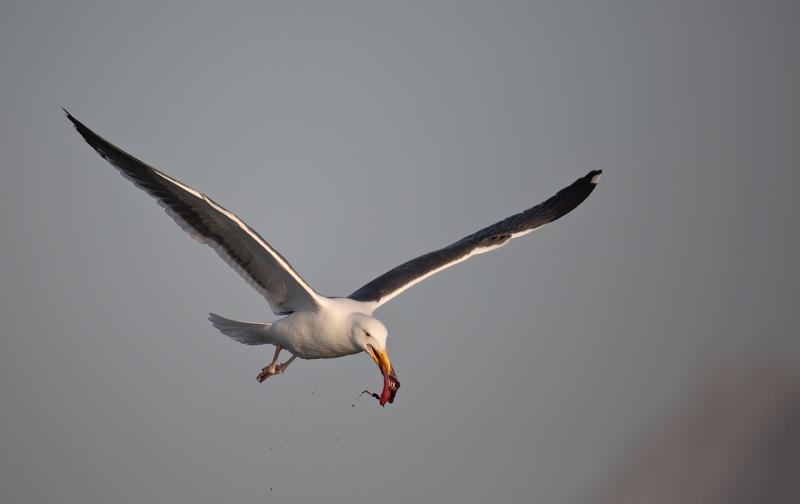
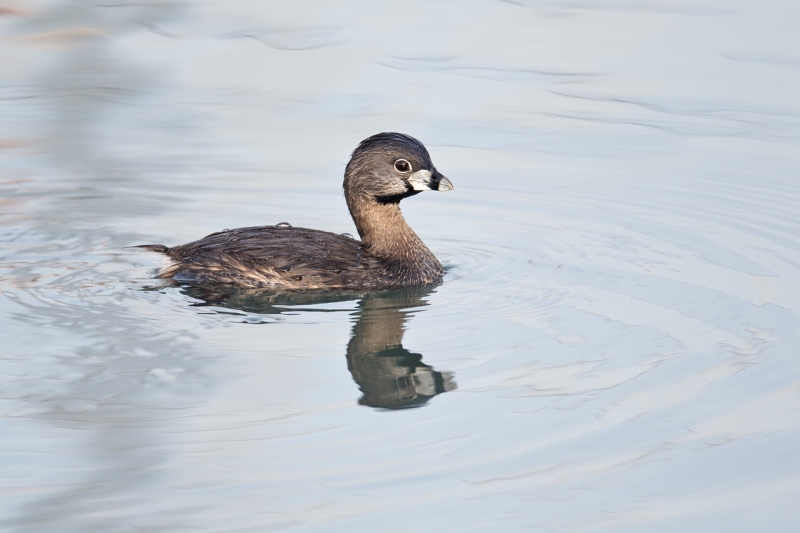
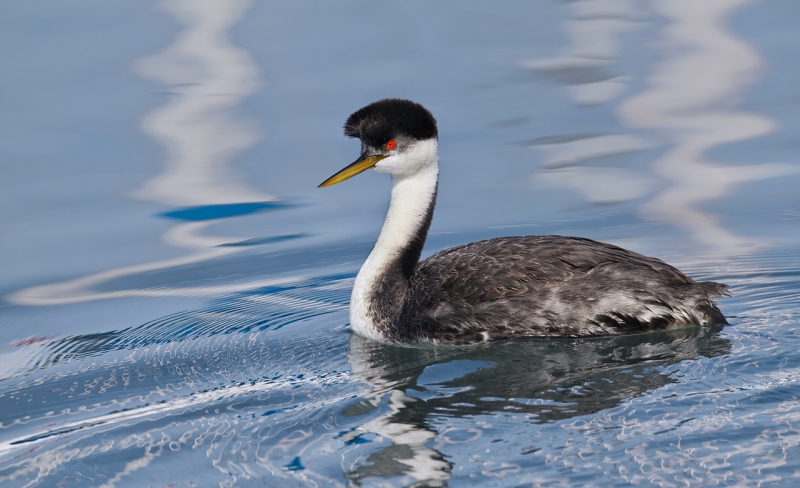
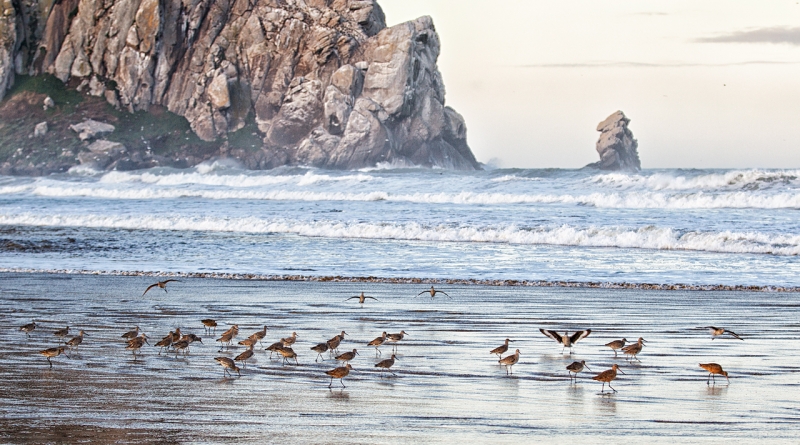
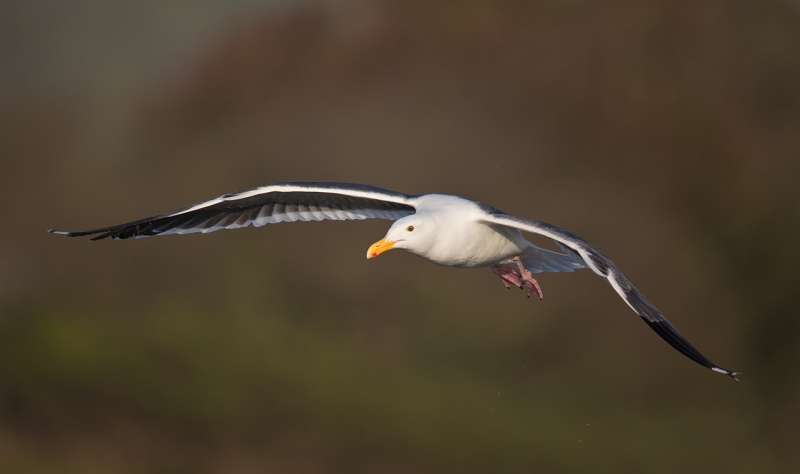
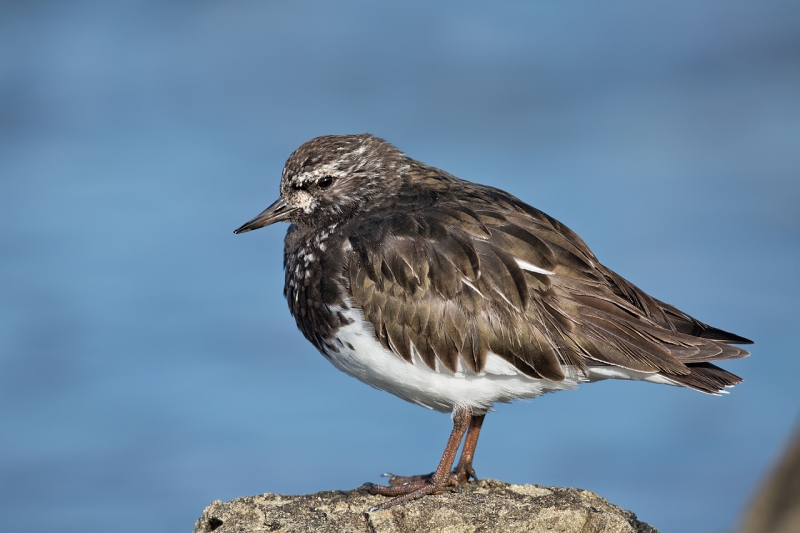
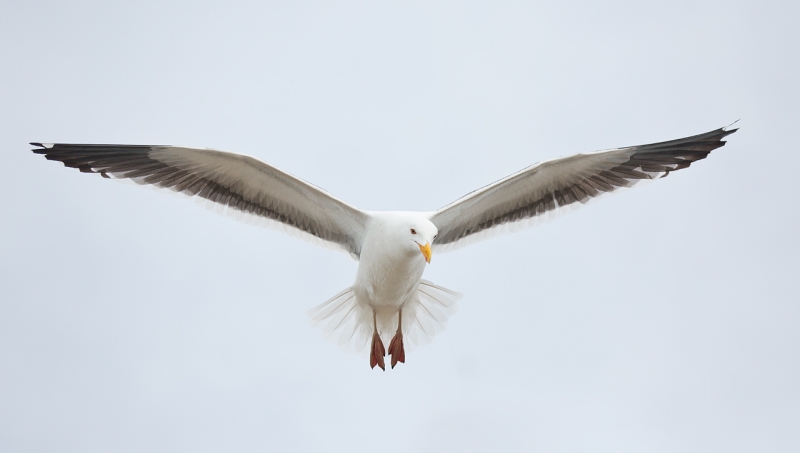













Congratulation for your beautiful photos. It is amazing to see your birds as if they are real one!
May I ask you to recommend me what is the best tripied for ESO ID IV? & lens is F5.6 400mm. Thank you for your kind help. Yours truly, Akiko Iwai
Thanks for your kind words. I would unequivocally recommend the the Gitzo 3532 LS carbon fiber tripod and the Mongoose M3.6 tripod head. Both are perfect for the 400 f/5.6, will last you a lifetime, and will serve you well if you move up to a bigger telephoto lens. We have the tripods in stock right now but have a hard time keeping the Mongoose Heads in stock. Best to order one in advance–we will not bill your card till we get the item and ship it.
artie
Hello Artie,
Thank you for your recommendation re tripod. It is very kind of you
to answer me.
As matter fact, this is for my grand son( almost 17 years old)
who received Mark IV & lens F5.6 400mm from his grand uncle
from Japan. We are living in Canada (Québec). I will see what he
is going to do next.
All your photos are just amazing and impressed me
you are working hard everyday.
Thank you again for your kindness.
Yours truly,
Akiko Iwai
You are most welcome Akiko. Mazel tov on your grandson’s interest in bird photography. We ship stuff to Canada every week. Thank you for your kind words. Best would be to get your grandson a gift of the Two Book Combo–save $10 US on (ABP & ABP II) if he wants to learn bird photography. 🙂 later and love, artie
Hi Art –
I hope this is not too stupid a comment, but I cannot understand why you feel the MKIV, with a slightly smaller sensor than the 5DIII, gives you more focal length. Focal length comes from lenses, not camera bodies. The MKIV is simply a “sensor crop” of the 5DIII, so since the subject looks larger in the frame it looks like more focal length.
Unless, of course you’re concerned that you not show too much cropping in your RAW image being submitted to an editor, so you crop in the camera.
Pls straighten me out.
Bill
Bill, I am not sure if you are semantically correct and/or I was semantically incorrect. Please note that at a given subject to sensor distance the 1D IV actually puts more megapixels on the subject than the 5D III. There is a great thread on the subject here on BPN. See especially Pane #21 here.
Furthermore, with the Mark IV able to provide accurate AF with the 1.4X III TC and the 800 lens there is an additional advantage to using the Mark IV when you cannot get close. I think that that explains why I went to the Mark IV for the smaller swimming grebes…. Though I was not aware of the math at the time that was my gut feeling…. And as near as I can figure, I was correct.
With approachable birds you can get more pixels on the bird with a 5D III.
Question, why only RAW files for the contest.. no JPEG’s accepted? Just curious. My Favorite is the Western Grebe. Love the reflections and the patterns in the water. That red eye is amazing. Thank you for sharing your work and thoughts!
As with all the major contests, we need to make sure that nobody is trying any hanky panky with the rules. Learn to use RAW capture and your photography will improve immeasurably.
My favorite is the black turnstone. I’ve never seen one before and of course I love the beautiful blue background.
Thanks for sharing your gear strategy. I did the same in Alaska with the 5DmkII. Had it on the 70-200 with the black rapid strap and traded it back and forth with the 1DmkIV on the 800. Great minds think alike I guess!
I’m still using just the 1DmkIV right now – sold my 7D backup body and waiting for the verdict on the 1DX. Need something else for Bosque in the fall, but living without f/8 AF is unimaginable at this point. I spent the morning today at Nickerson and I had the 1.4 on The 800 almost the whole time. Trying to manual focus on a feeding Piping Plover running around the beach isn’t my idea of fun 😉
No fun at all…. I am still loving my 5D III. The 1DX will be beyond amazing for flight and action…
Love the red eye in the western grebe.
By the way, I am seriously considering getting the 5D III. I have two of the original 5Ds. I didn’t succumb to getting the second version. Guess it’s good I waited as you make this 3rd one sound wonderful. OK, I understand it is good for landscapes but how about portraits and macros?? Thanks for your reply.
I never do portraits and rarely macro but the 5D III files are superb so it would be a great camera for either of those types of photography.
I prefer the Western Grebe, an over all beautiful image. Thanks for your comments on your strategy and your remarks on the 5D Mark111. It is great to hear it is BIF lens.
It’s difficult to pick, but I specially like the pied-billed grebe (I love the light water color and pale reflections) and the willets, also because I like environmental pictures and it recalls me the few spots in the californian coast line that I’ve visited (and that I long to see again).
5d3 w/ 2xTC will not autofocus, not even with fewer/one sensor only, correct?
With what lens?
Ups, say 500/F4
AF with the 5D Mark III and the 2X TC only with f/2.8 lenses. Not with f/4 or f/5.6 lenses as far as I know.
Artie: I like the Western Grebe, because of the sharp red eye and the composition. Many thanks for your blog and lessons and inspiration.
You are most welcome and thanks for your kind words. artie
I love the Black Ternstone image the best. It is at a perfect eye level, with crisp feather details and a beautiful clean background. The focus is so sharp and my eyes go straight to the birds eye.
Needless to say that all other images are really beautiful 🙂
The western grebe is by far my favorite of this series of images because of the beautiful water pattern/color surrounding it
So this begs the question, where will the 1DX fall into this strategy!! With the never ending delays maybe we will never know!
Right now my strategy is to buy one! And I may have some exciting 5DIII news that might apply to the 1DX….
This news wouldn’t happen to feature the number 8 would it? Because that would be some good news indeed!!!
No, not that good.
I agree with Becky about the western Grebe.
My favorite is the Western Grebe. Even though you were shooting down at him, I love the red eye, the white squiggly reflections, and the long neck on the bird. The shot with the Willets is a nice scenic shot, but you’ve forever prejudiced me against Willets after saying on a workshop in San Diego, “If anyone shoots another Willet, I’ll . . . .” whatever. Lighting in Pied-billed Grebe image is very nice. Curious why you didn’t clone out the distracting oof rock in the lower right corner of the Black Turnstone shot. Otherwise, that is a gorgeous shot to me. The last Western Gull shot is my favorite flight shot. I’m not nuts about the wings in the first two.
Willets are fine with their wings raised. I like the o-o-f rock as a compositionally balanced border. Agree that the wing positions are not the greatest; that was just the wind and me; I wanted to show the sharp focus.